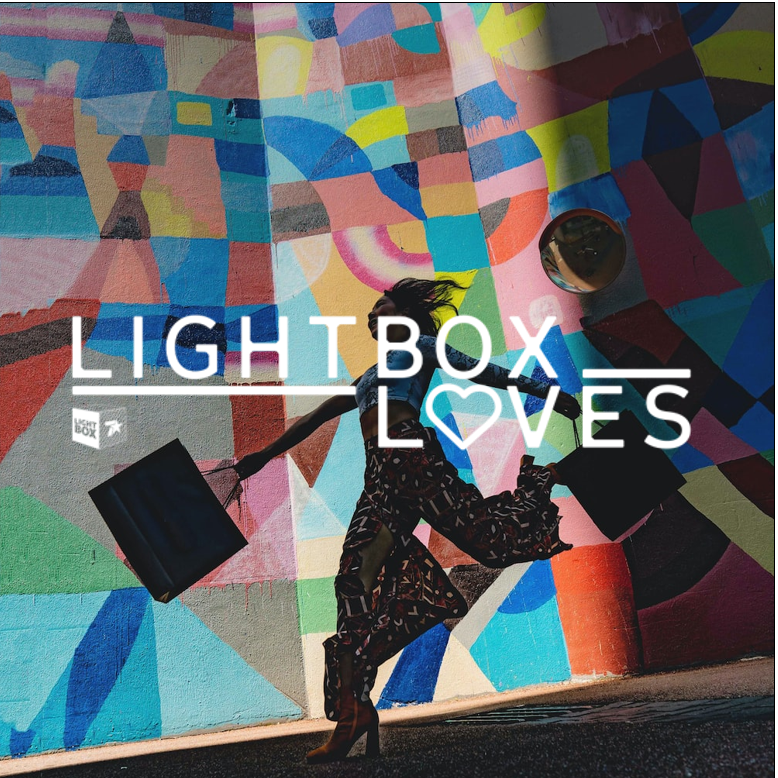
Technology has transformed the audio landscape with the increased penetration of new devices making audio consumption easier than it’s ever been for listeners.
Since 2014 smart speaker penetration has gone from 0% to 39% of households while smartphones have rocketed from 63% of adults having one up to 93%. As a result, audio listenership is booming and digital audio channels annual adult listening in mediums such as podcasts (+11% to 33%) and music streaming (+8% to 52%) continue to go from strength to strength.
Similarly, the motivation behind consumers listening is evolving. In 2014, research showed there to be 6 need states fulfilled by audio across core pillars of context and content. These being Broaden My Horizons, Keep Me in the Loop and Provide Social Currency (content-led) and Help Me Escape, Lift My Mood and Amplify the Moment (context-led).
New research from 2022 discovered the existence of a 7th need state existing in the context-led pillar; Keep Me Company, driven by the need for companionship in the post-COVID world and a rise in economic hardship.
From a media perspective it’s key to understand the mindset a consumer is in when listening and plan accordingly however for an advertisers campaign to fulfil their true potential then audio branding plays a key role in 2 ways: consistency & contextual relevance.
Having a clear and consistent audio logo/sonic identity will enable brands to have recognition across all AV touchpoints. In a study of over 300 radio campaigns, it has been proven that use of consistent audio assets over time is more effective. While from the perspective of context, adverts that have been creatively tailored to relevant contextual moments achieved a 70% increase in engagement and 40% increase in memory encoding.
As seen with video, a one-size fits all approach is rarely the optimal strategy. Commercial radio may account for 78% of all commercial audio listening but adapting linear audio creative to fit with consumers need states and contexts across the widening array of audio environments could be the key for advertisers to build deeper connections with their audience and reap untold rewards as a result.
Sources: Generation Audio, Radiocentre (Nov 2022) ; The Growing UK Audio Landscape, Mediatel (2022) ; Hear and now – How Situational Relevance Can Bolster Radio Ad Effectiveness, WARC (2019) ; What We Know About Radio and Audio Effectiveness, WARC (2022)





Recent Comments